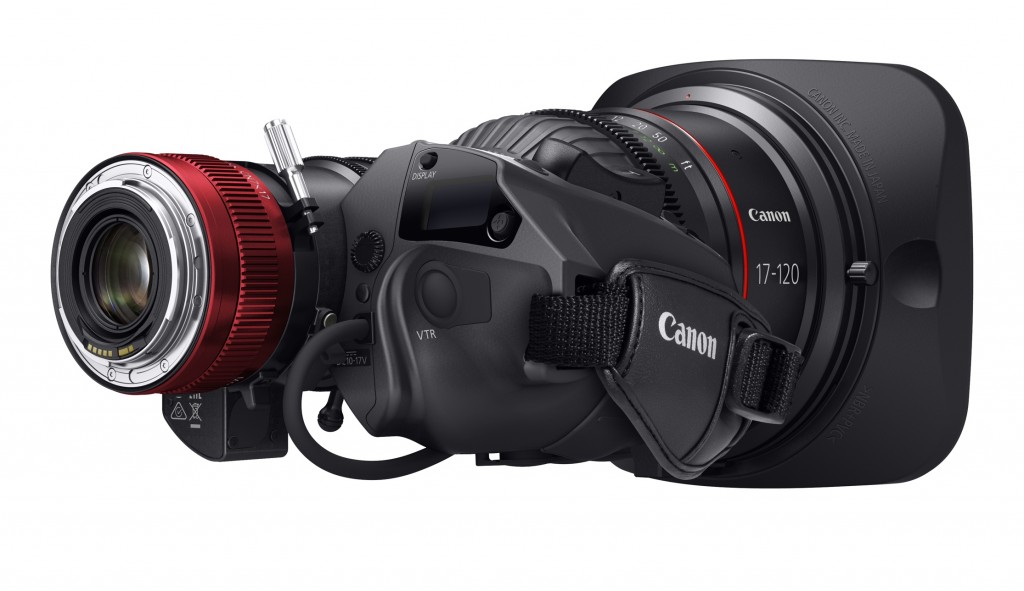

Starting with a flatter image gives editors more flexibility in post production, and maximizes the dynamic range potential of every shot. But film straight out of the camera is actually a fairly flat image with far less contrast, sharpness, and color. All exchanged for a few seconds of mouse movements and a print that is exactly what I wanted on the first try.Īfter all that, and processing wedding after wedding, week after week, I think I understand the benefits of batch processing, but I would rather keep it to a minimum because the results are better when I give just a little attention to each image.When you see a film in the theater, you’re looking at footage that has been professionally color corrected and graded to give a stunning result. Oh, the masking tape crops, squinting at negatives, printing, tweaking, re-printing, touching up dust. And then the dreaded print order comes in. When I'm done, I may have a thousand images for the client, each one tweaked as necessary, complete with an alternate monochrome version with a custom color curve.ġ5 years ago it would have taken me a week to do that in my lab, and there would be less than 300 images.

I can blast through a wedding shot by two photographers with a couple thousand images in an afternoon, and most of that time is sorting the keepers from the duds. Compared to a traditional darkroom, or even a lab, it can't get much easier or faster to get what you want out of an image. Post processing can take as little or as much time as you like, but quality results take time. I do not consider a few seconds of tweaks per image to be a waste of time. Personally, I do not use presets at all in my software.

They can be set as presets, defaults, or whatever, and be applied automatically as you wish. Every setting can be batch processed, and not just the coarse versions of contrast, saturation, sharpness, and "color tone" that you get in-camera. The other point of note is, the parameters are “different” for my 5D and my 20D: what I mean is (as one example), for a particular Indoor Swimming Pool one increment change of "contrast" on the 20D is equivalent two increments change of "contrast" on the 5D.ĭoes the "easy batch proces" also count for custom styles with user defined saturation/sharpness settings?The four adjustments you have in camera are among the dozens of other adjustments in DPP, Lightroom, or whatever you use. search through my previous if you wish: but the essence is, many controlled tests under typical, different lighting conditions = a "set of parameters" I spent a long time tailoring the in-camera JPEG parameters to suit various shooting conditions I regularly encounter. I always shoot RAW + JPEG (L) and use CS3 for Post Production.Įxcept for Weddings and Portraits, (if I use digital for Portraits), I mostly use the JPEG (L) file with only some Sharpening (pretty much a preset now) and Cropping to 5x7 in post production - usually 5x7 matt prints and / or web use images. I have several, none is a favourite, and all are specific tools. īut those comments aside and to the question "just asking whats your favorite user def. BTW, I agree with Keith on the point of fact and I agree with Ed on the point of ease of processing. I believe I understand the question perfectly too.


 0 kommentar(er)
0 kommentar(er)
